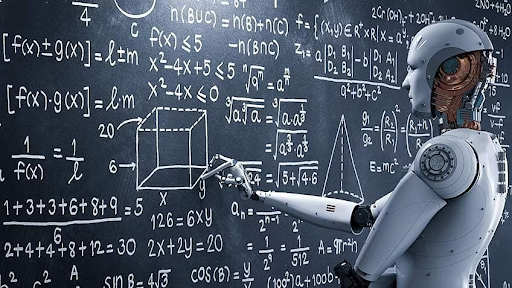AI Artificial intelligence is designed to understand and generate human-like text based on patterns in vast amounts of data. Here's how it works:
1. **Training on Data**: AI is trained on a diverse dataset, including books, articles, websites, and more, which helps it learn language patterns, facts, and general knowledge.
2. **Pattern Recognition**: During training, the AI learns to recognize patterns in the data. It doesn't understand the content like humans do but uses these patterns to predict what comes next in a sentence or how to respond to questions.
3. **Contextual Understanding**: AI can consider the context of a conversation, using previous parts of the dialogue to generate more relevant responses. This allows it to maintain coherence and provide more meaningful answers.
4. **No True Understanding**: AI doesn't actually "know" anything or understand in a human sense. It generates responses based on probabilities derived from its training data.
5. **Limitations**: While AI can answer a wide range of questions, it's limited to the data it was trained on and doesn't have access to real-time information unless specifically designed with browsing capabilities. It also can't reason or provide insights beyond the data it has seen.
This combination of data, pattern recognition, and contextual generation enables AI to respond to a wide array of questions effectively.

